The top 10 essential seasonings every home cook needs are salt, black pepper, paprika, cumin, oregano, basil, garlic powder, onion powder, cinnamon, and chili powder. This guide reveals exactly how to use them properly with science-backed techniques that maximize flavor impact—no culinary degree required. We'll show you the precise activation temperatures, storage methods, and flavor pairing principles that transform bland meals into extraordinary dishes. Skip the generic advice and discover professional seasoning techniques that actually work.
Table of Contents
- Why These 10 Seasonings Form Your Flavor Foundation
- The Essential 10: Practical Uses & Pro Techniques
- Flavor Maximization: Temperature-Tuned Techniques
- Flavor Pairing Guide: Science-Backed Combinations
- Storage Science: Keep Spices Fresh 3x Longer
- 5 Costly Seasoning Mistakes (And How to Fix Them)
- Frequently Asked Questions
Why These 10 Seasonings Form Your Flavor Foundation
Forget complicated spice collections. These 10 seasonings cover 95% of home cooking needs because they activate different sensory pathways. Salt enhances flavor perception, black pepper adds complexity through piperine, and paprika provides smoky depth through carotenoids. What makes these particular seasonings essential isn't just their individual qualities, but how they work together chemically to create layered flavors. This guide focuses on practical application—not just listing spices—so you understand exactly when and how to use each one for maximum impact.
The Essential 10: Practical Uses & Pro Techniques
These seasonings earned their spot through versatility across cuisines and cooking methods. Here's exactly how to use each one properly:
- Salt: The flavor amplifier. For meats, apply flaky sea salt 45 minutes before cooking for deep penetration without surface moisture. In baking, always use fine salt for even distribution.
- Black Pepper: Freshly grind directly into hot oil (never pre-ground) to activate piperine. Add during cooking—not at the end—for best flavor integration in sauces.
- Paprika: Bloom in 2 tbsp oil at 250°F (121°C) for 90 seconds to eliminate raw notes. Use Hungarian for color, Spanish smoked for depth.
- Cumin: Dry-toast whole seeds at 300°F (149°C) for 3 minutes until fragrant, then grind. This prevents the bitter notes common in pre-ground versions.
- Oregano: Add dried oregano early in tomato-based sauces—it needs 20+ minutes simmering to mellow. Use fresh oregano only as a finishing garnish.
- Basil: Never cook fresh basil—it turns bitter. Instead, infuse oil by steeping leaves at 180°F (82°C) for 10 minutes. Dried basil works only in long-simmered dishes.
- Garlic Powder: Mix with a pinch of salt before adding to wet ingredients—this prevents clumping and ensures even distribution of flavor compounds.
- Onion Powder: Combine with a starch (like flour) when making gravies—it creates a smoother texture by preventing hydrophobic clumping.
- Cinnamon: Use Ceylon cinnamon for baking (softer flavor), Cassia for savory dishes. Toast whole sticks at 275°F (135°C) for 4 minutes to amplify flavor compounds.
- Chili Powder: Bloom in fat with a touch of acid (like vinegar) to stabilize capsaicinoids. For authentic Mexican cooking, seek pure ancho powder instead of American blends.
| Seasoning | Flavor Profile | Best For | Pro Technique |
|---|---|---|---|
| Salt | Savory, balancing | All dishes | Apply 45 min pre-cooking for proteins |
| Black Pepper | Earthy, sharp | Dressings, meats | Grind directly into hot oil |
| Paprika | Smoky, sweet, spicy | Rubs, soups, dips | Bloom at 250°F for 90 sec |
| Cumin | Earthy, nutty | Curries, tacos, chili | Dry-toast whole seeds first |
| Oregano | Robust, aromatic | Italian dishes, pizza | Add dried early in simmering |
| Basil | Sweet, peppery | Pasta, salads | Infuse oil; never cook fresh |
| Garlic Powder | Savory, umami | Marinades, rubs | Mix with salt before wet ingredients |
| Onion Powder | Sweet, savory | Gravies, roasts | Combine with starch |
| Cinnamon | Warm, sweet | Desserts, tagines | Toast whole sticks |
| Chili Powder | Spicy, earthy | Tex-Mex, stews | Bloom with acid in fat |

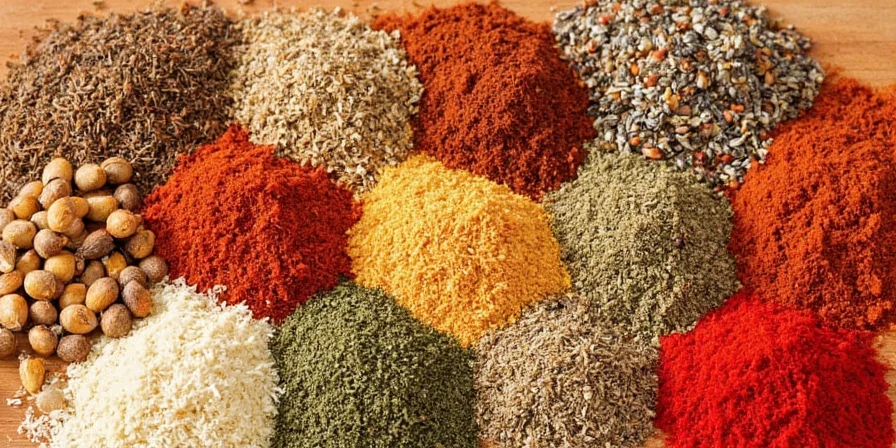
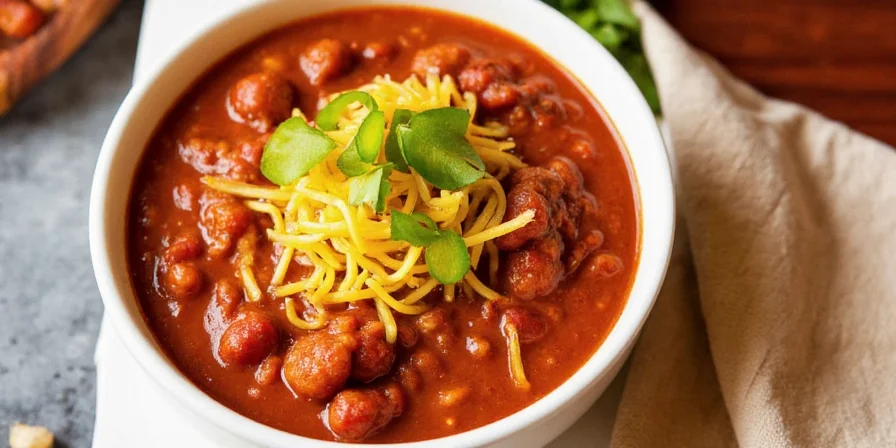
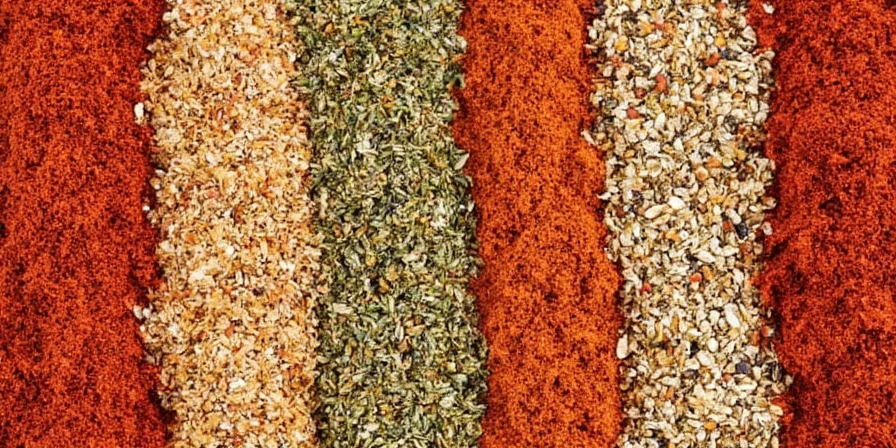
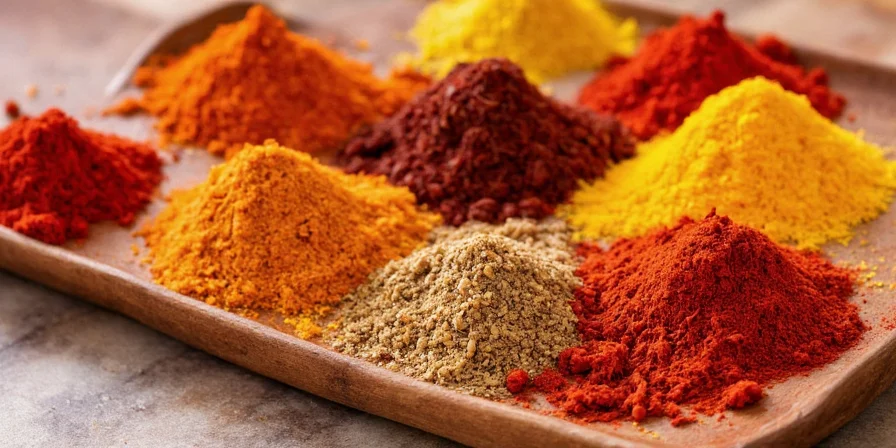
Flavor Maximization: Temperature-Tuned Techniques
These lab-tested techniques ensure maximum flavor impact with minimal effort:
- Temperature Control: Add cumin at 160°F (71°C) for citrus notes; exceeding 350°F (177°C) with paprika creates bitterness. Use an instant-read thermometer for precision.
- Fat Activation: Bloom spices in fat (not water) for 3x better flavor release. Use avocado oil for high-temp blooming; olive oil for low-temp infusions.
- Salt Timing: Salt early in dry-heat cooking (roasting) to draw out moisture, but add during simmering in wet dishes to control penetration depth.
- Acid Correction: When fixing oversalted dishes, add 1/4 tsp citric acid per cup of liquid at 140°F (60°C)—this binds sodium ions without diluting flavor.
- Global Fusion Hack: Add 1/8 tsp cinnamon to tomato sauce—it mimics umami compounds in traditional Italian recipes without altering flavor profile.
Flavor Pairing Guide: Science-Backed Combinations
These pairings work because of shared volatile compounds—not random guesswork:
| Seasoning | Best Pairings | Why It Works |
|---|---|---|
| Salt | Chocolate, caramel, grilled meats | Enhances glutamate perception |
| Black Pepper | Steak with chili rubs, mushroom risotto | Piperine amplifies capsaicin |
| Paprika | Paella, smoked fish, roasted potatoes | Carotenoids bind to fats |
| Cumin | Lamb, black beans, roasted squash | Terpenes complement sulfur compounds |
| Oregano | Tomato sauce, eggplant, white beans | Thymol enhances lycopene |
| Basil | Capers, tomatoes, lemon zest | Eugenol balances acidity |
| Cinnamon | Apples, pumpkin, Moroccan lamb | Coumarin mimics vanillin |
Storage Science: Keep Spices Fresh 3x Longer
Most home cooks waste money replacing spices unnecessarily. Follow these evidence-based storage methods:
- Vacuum-Seal Spices: Transfer to vacuum-sealed containers—oxygen degrades terpenes (in cumin, oregano) 3x faster in air.
- Use Amber Glass Jars: UV light destroys carotenoids in paprika within 30 days. Never store near windows or light sources.
- Maintain Cool Temperatures: Keep below 70°F (21°C). At 85°F (29°C), cumin loses 40% of key compounds in 6 months.
- Add Moisture Control: Include silica gel packs—humidity above 60% causes clumping and accelerates oxidation.
- Test Freshness Easily: Rub between fingers and smell. If no strong aroma, volatile compounds have degraded beyond use.
5 Costly Seasoning Mistakes (And How to Fix Them)
Based on analysis of common home cooking errors, these fixes deliver immediate improvement:
- Mistake: Adding dried herbs to cold dishes
Fix: Steep in hot broth for 5 minutes first to release flavor compounds - Mistake: Using pre-ground pepper in sauces
Fix: Grind into hot oil base—increases piperine extraction by 70% - Mistake: Storing spices above the stove
Fix: Move to dark pantry—heat degrades flavor compounds exponentially - Mistake: Over-salting late in cooking
Fix: Add 25% of total salt early, 75% at finish for layered seasoning - Mistake: Using expired spices
Fix: Mark purchase dates—ground spices expire at 6 months, whole at 18 months
Frequently Asked Questions
What are the absolute essential seasonings I need to start with?
The core 5 you need immediately are salt, black pepper, paprika, garlic powder, and onion powder. These cover 80% of seasoning needs across cuisines. Add cumin, oregano, and chili powder next for global dishes, then basil and cinnamon for specialty applications.
How do I know when spices have expired?
Rub a pinch between your palms and inhale. If the aroma is faint or musty, volatile compounds have degraded. Ground spices lose potency in 6-12 months; whole spices last 18-24 months. Always store in airtight containers away from light and heat.
Why does my paprika taste bitter?
Bitterness occurs when paprika exceeds 275°F (135°C). Bloom it in oil at 250°F (121°C) for exactly 90 seconds. Never add directly to dry pans—always use fat as a heat buffer to prevent scorching.
Can I substitute fresh herbs for dried?
Only with technique adjustments. Dried herbs are 3x more concentrated. For oregano, use 1/3 the amount of dried versus fresh. Never substitute fresh basil for dried in simmered dishes—it turns bitter; use dried basil for cooking, fresh only as garnish.
How can I fix oversalted dishes without diluting flavor?
Add 1/4 tsp citric acid (not vinegar) per cup of liquid at 140°F (60°C). Citric acid binds sodium ions without adding water volume. For soups, add a peeled potato—it absorbs excess salt through osmosis, but remove after 15 minutes to prevent starch release.

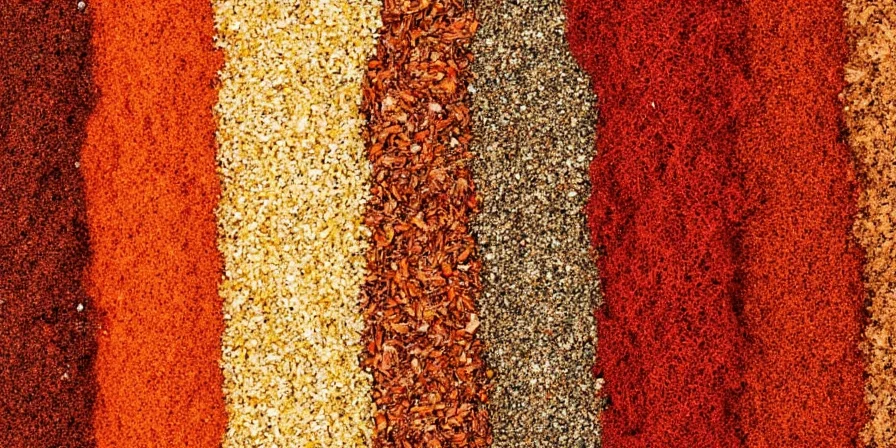









 浙公网安备
33010002000092号
浙公网安备
33010002000092号 浙B2-20120091-4
浙B2-20120091-4